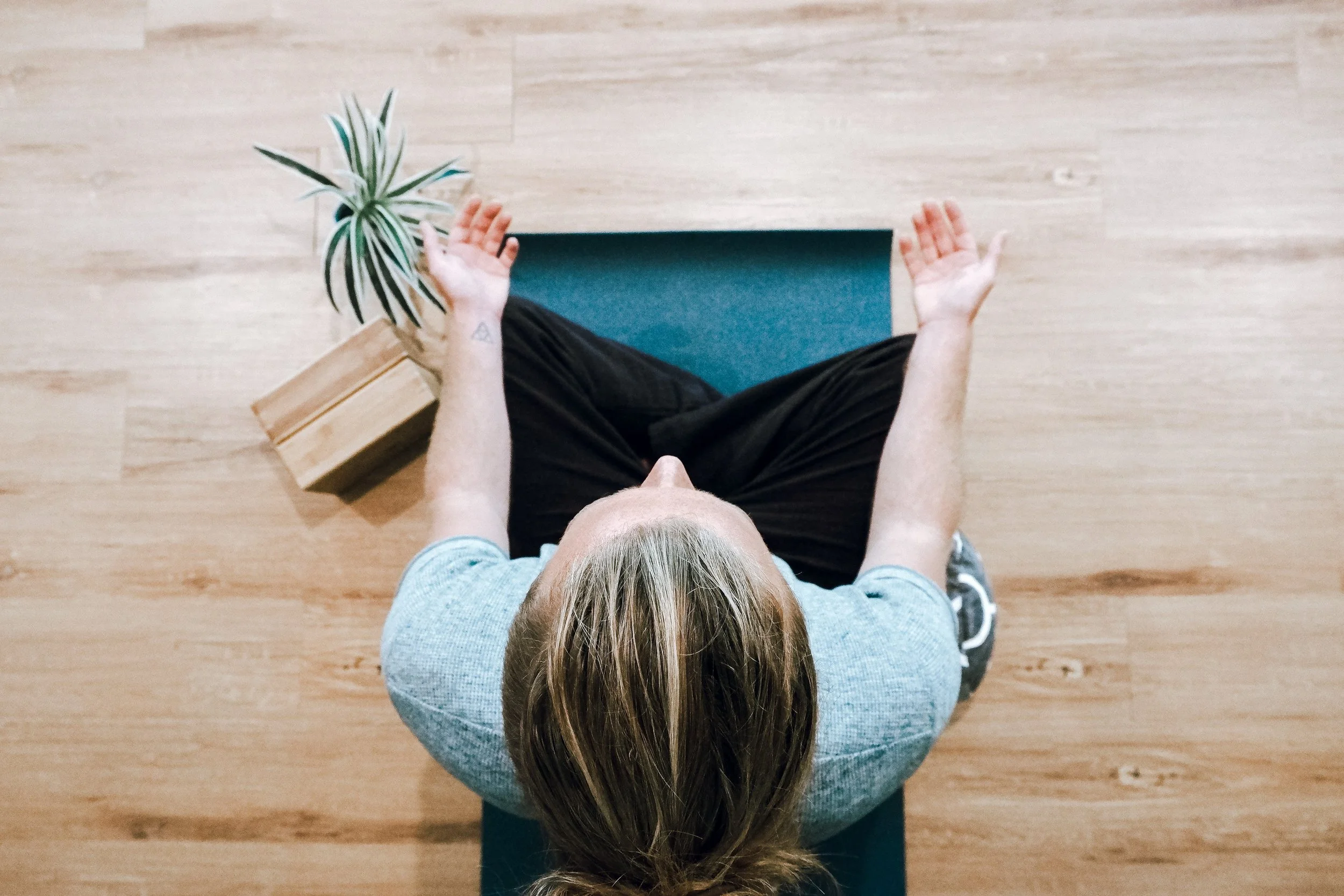Finding Your Calm
How to reduce stressful thoughts and find more peace
The mind is like water. When it’s turbulent, it’s difficult to see.
When it’s calm, everything becomes clear.”
Prasad Mahes
We’ve all been in situations that are chaotic, challenging and very stressful. It can feel particularly chaotic during times of change, such as the last two years that we’ve all collectively been through during the pandemic. There are also many personal changes that cause a lot of stress - births, deaths, marriages, divorces, retirements, illnesses, work - the list goes on.
In times of extreme stress, our bodies produce a hormone called adrenaline. That’s what causes our heart to beat faster, our breath to become shallower and can lead to those anxious feelings most of us are familiar with.
Our feelings and emotions are what cause us to behave in certain ways, so they’re really important for our mental health. When you’re feeling stressed you may not be thinking clearly and may not be able to respond appropriately. When you’re feeling calm, however, you’re much more likely to come up with solutions and a way out of the problem.
That means feeling calm (defined as a “quiet and peaceful state or condition” or “a peaceful mental or emotional state”) is ideal. When we’re calm we’re able to think more clearly, come up with more creative solutions, and feel more confident and peaceful during any chaotic situation.
It’s important to remember that, along with calm, stress is a feeling as well. Whenever we feel a certain way (happy, sad, mad, overwhelmed, frustrated, irritated, stressed, etc.), it isn’t the circumstance that is causing the feeling. It is our thoughts about the circumstance that are producing the feeling of stress.
So how do you calm an anxious, stressed-out mind? The first step is to stop trying to control things that are out of our control. As spiritual teacher Byron Katie says, “There are only three kinds of business in this universe: mine, yours, and God’s”. We need to remember we can only control ourselves, and the good news is that includes our thoughts. What that means is if you’re feeling stressed, there is a thought behind it and you can change that thought.
Here are some suggestions for calming your thoughts in stressful situations:
The first step is always to connect with your breath. If possible, become still and grounded and then begin to breathe. Just taking a few deeper breaths will give you the opportunity to start noticing your thoughts and get your bearing on what’s going on.
Once you’ve had some time to ground yourself, begin to notice your thoughts. Here’s an example: Perhaps you’re in a crowded room with loud music and are having the thought “I don’t want to be here”. That thought will likely cause feelings of stress. Allow the feeling to be there. Be present. Breathe into the feeling. Don’t resist it. Resistance only causes our brain to fight harder to keep the thought.
Once you’re thinking clearly, ask yourself if this is a situation that you can change. If you can’t change the circumstance, how can you change your thoughts about the circumstance? For example, if you have to stay in the crowded room mentioned above, how can you make it more tolerable for yourself? Perhaps instead of holding onto the thought “I don’t want to be here” you could remind yourself that it will be over soon, or perhaps you can find someone you like to talk to, or maybe there’s a quiet corner where you can go sit. Once you’ve spent time breathing and grounding, you may see more options.
Breath Exercise: Breathe in calm, Breathe out stress
Here’s a short breath exercise you can try next time you’re feeling stressed.
If possible, close your eyes or softly lower your gaze.
Connect with your breath and notice as it flows in and out through your nose. Notice all the feelings and sensations. Does it feel cool or warm?
On an in-breath repeat the words “I breathe in calm”
On an out-breath repeat the words “I breathe out stress”.
Keep breathing in this way, repeating the mantra, until you start to feel calmer.
Once you feel calmer, gently bring yourself back to your surroundings.
“Don’t try to calm the storm.
Calm yourself.
The storm will pass.”
Buddha
———
I’d love to hear from you so please send any comments or questions to me at sharon@sharonashtonmindfulyoga.com. Feel free to share this email with anyone else who may be interested.
Please check out The Journey Within podcast at:
What is stopping you from living your best life? Get out your journal and a pen and take the new quiz on my website to find out:
Are you interested in learning more about life change & mindset coaching from a mind/body perspective? Please email me at sharon@sharonashtonmindfulyoga.com for more information or to schedule a free introductory consultation to see if coaching is right for you. You can also visit my website coaching page.
"I felt at complete ease with Sharon from our first conversation. She has a wonderful, gentle but firm way that made me focus on my thoughts / feelings so I could remove / change to move forward with a completely different feeling to what felt like obstacles. It was great having regular coaching that gently kept me accountable to actioning and moving towards my goals. Sharon has vast experience in so many areas, I felt that makes her an amazing coach.”
— Michelle Carney, East Galway, Ireland
You can access your free Find Your Inner Coach Guide including a guided visualization and journal prompts here:
If you’re interested in more inspiration and community around positive mindset, slow mindful yoga, meditation and mindful writing practices, come join our private Facebook group here:





